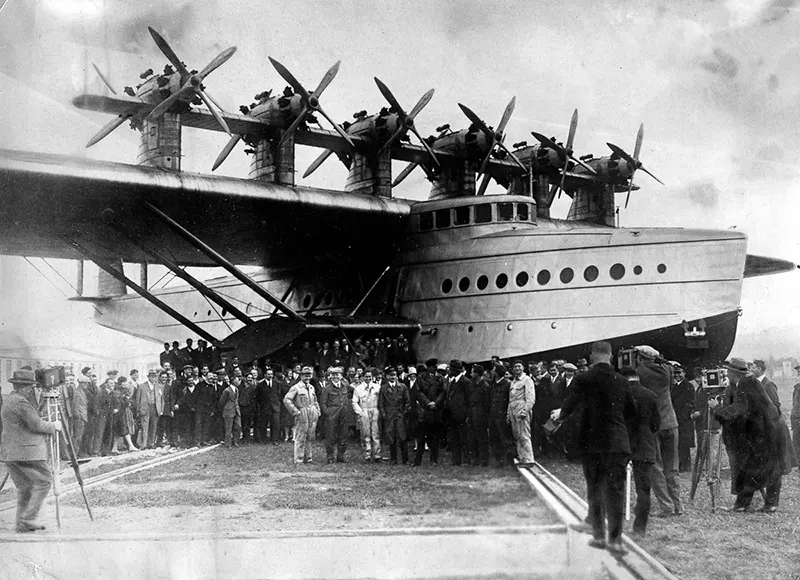 On May 6, 1937, the airship Hindenburg, the largest dirigible ever built and a source of pride to Nazi Germany, exploded into flames after it touched its mooring mast in Lakehurst, New Jersey. It killed 36 passengers and crew members.
On May 6, 1937, the airship Hindenburg, the largest dirigible ever built and a source of pride to Nazi Germany, exploded into flames after it touched its mooring mast in Lakehurst, New Jersey. It killed 36 passengers and crew members.
In 1852, a Frenchman, Henri Giffard, constructed the first successful airship. This hydrogen-filled device consisted of a three-horsepower steam engine that spun a large propeller and flew six miles per hour. This airship was known as the “zeppelin” after it was the innovator.
Count Ferdinand von Zeppelin was developed in the late 19th century by the Germans. Unlike the French airships, the German ships had a light framework of metal girders that protected the gas-filled interior. These ships were powered by highly flammable hydrogen gas and were likely to explode.
The Graf Zeppelin was the most famous of the airships and was big enough to hold a reasonable amount of people. In 1930, it led to the first transatlantic air service, birthing the need to construct the Hindenburg, an enormous passenger airship.
The Hindenburg left Frankfurt, Germany, on May 3, 1937, for a journey to Lakehurst’s Navy Air Base. It carried 97 people on it, 36 passengers and 61 crew members. It burst into flames while attempting to moor at Lakehurst. Within seconds, its hill was incinerated, and 13 passengers, 21 crewmen, and one civilian member of the ground crew lost their lives, leaving the other passengers with injuries.
Herb Morrison, a radio announcer who had come to Lakehurst to record a routine voice-over for an NBC newsreel, immortalized the Hindenburg disaster when he declared in an emotional outburst, “Oh, the humanity!” After this disaster, this method of transportation became unfavourable.




